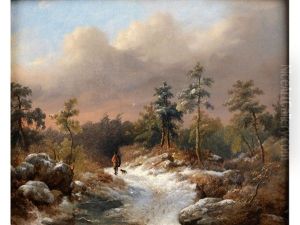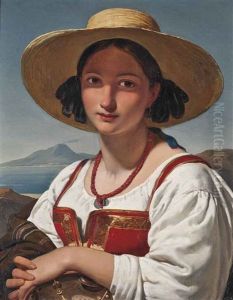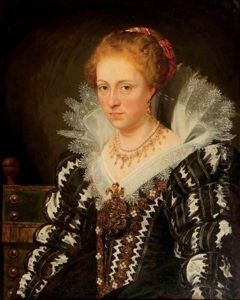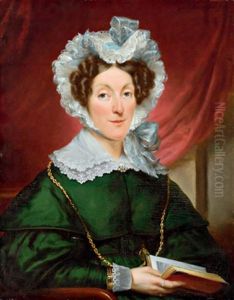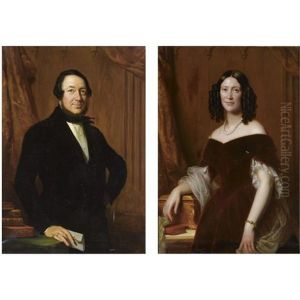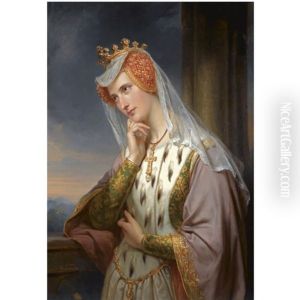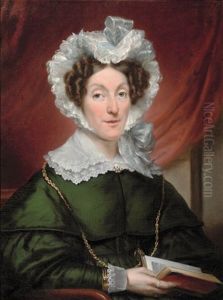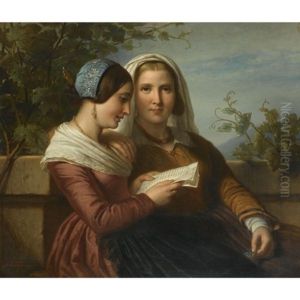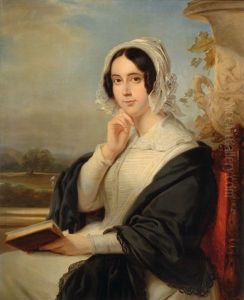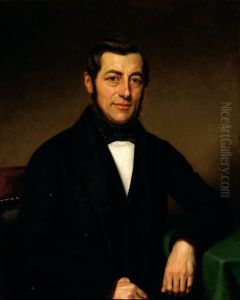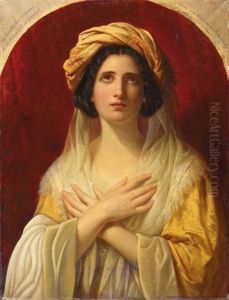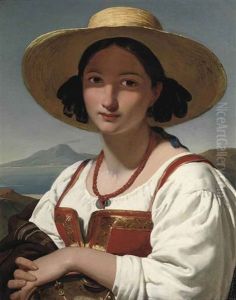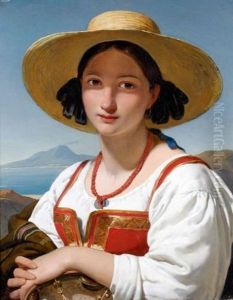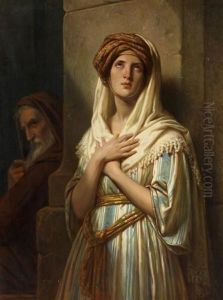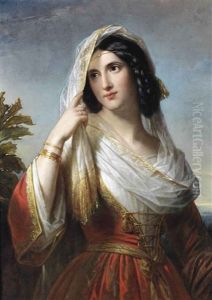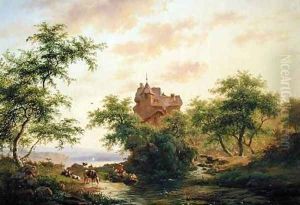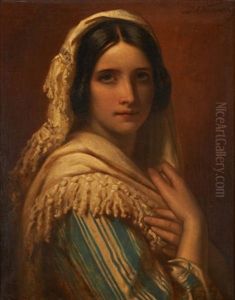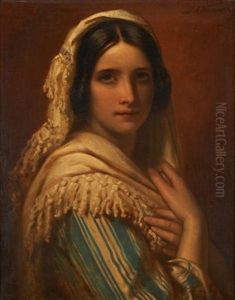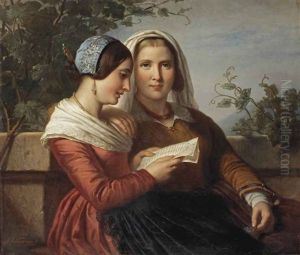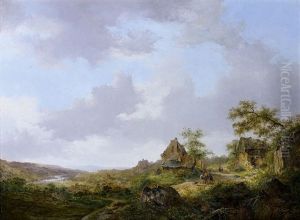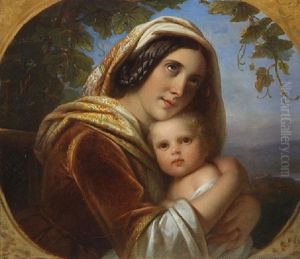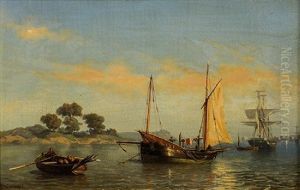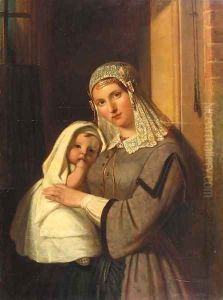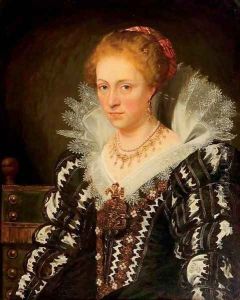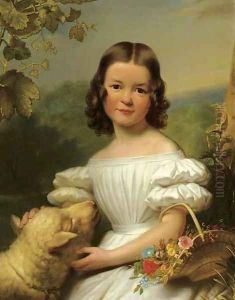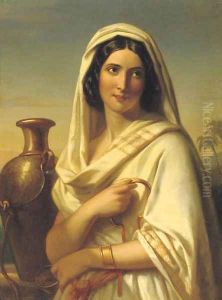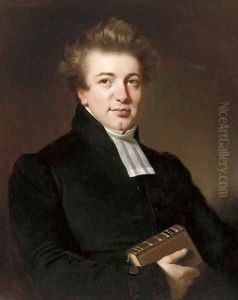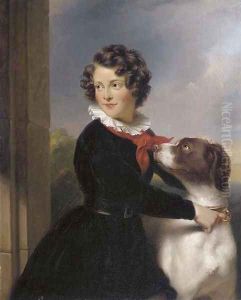Jan Adam Janszoon Kruseman Paintings
Jan Adam Kruseman was a distinguished 19th-century Dutch painter, known for his portraits, historical pieces, and allegorical works. Born on February 12, 1804, in Haarlem, Netherlands, Kruseman was part of a large family with several members who were active in the arts. His uncle, Cornelis Kruseman, was also a painter and had a significant influence on Jan Adam's artistic development.
Kruseman received his early training from his uncle as well as at the Amsterdam Academy under the tutelage of Jean Augustin Daiwaille. His education was comprehensive, enabling him to develop a refined, academic style that was characterized by its clarity, precision, and attention to detail. After completing his studies, Kruseman embarked on a study trip to Belgium and Germany, which further broadened his artistic horizon.
In 1826, Kruseman established his studio in Amsterdam, where he quickly gained a reputation as an excellent portraitist. His services were sought after by the Dutch elite, and he created portraits of many prominent figures of his time, including members of the royal family. Kruseman's work was not only limited to portraiture; he was also known for his historical paintings which often carried moralistic or religious themes. His compositions were well-regarded for their emotional depth and narrative quality.
Kruseman's success as an artist was mirrored by his involvement in the cultural life of the Netherlands. He was an active member of various art societies, including the Royal Academy of Fine Arts in Amsterdam, and he also served as a teacher, influencing the next generation of Dutch artists. In 1854, he was appointed the director of the Royal Academy of Fine Arts, a position he held until his death.
Jan Adam Kruseman's contributions to Dutch art were significant during his lifetime, and his legacy persisted posthumously. His works are now part of collections in major museums across the Netherlands, including the Rijksmuseum in Amsterdam. Kruseman passed away on March 17, 1862, in Haarlem, leaving behind a body of work that continues to be appreciated for its elegance and mastery of the fine arts.
